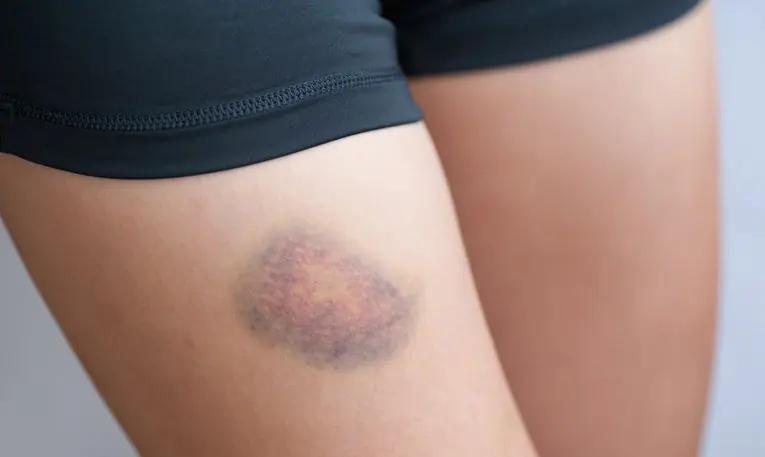
Netizens are calling for people to stop eating this fish to protect coral reefs. What kind of weapon does this animal have that makes it so powerful?
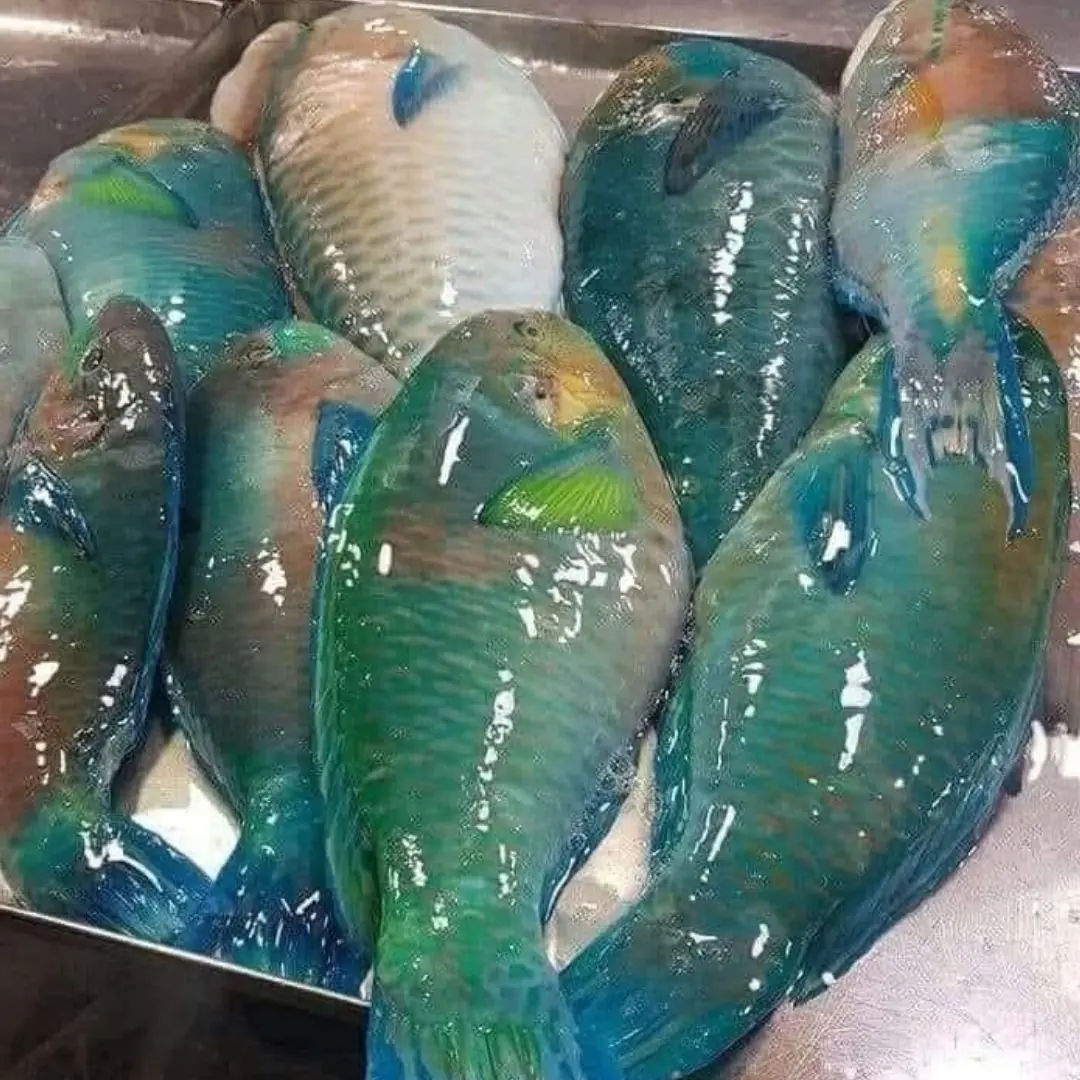
The Parrotfish gets its name from its parrot-like mouth. Parrotfish is actually the common name for 80 different species of fish in the Scaridae family, commonly found on tropical coral reefs. Interestingly, this fish can change sex, many are born female but gradually become male. They live and forage around coral reefs, so they often have very large scales to protect them against the sharp edges of coral. At night, Parrotfish secrete a slimy substance from their mouths around their bodies to hide from predators.
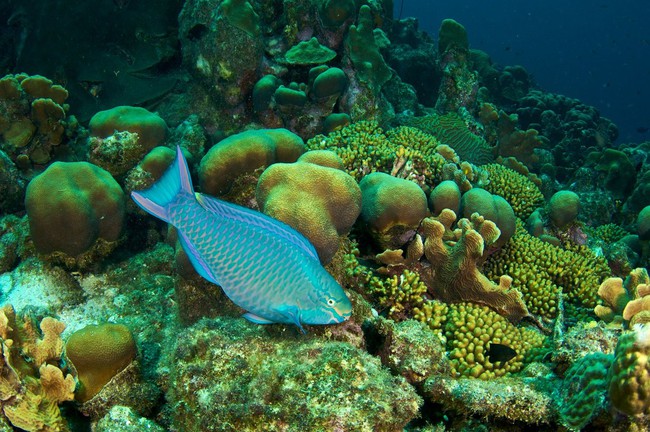
These fish can also change colour throughout their life cycle. So even males, females and juveniles of the same species can have different colours. The representative species of parrotfish in the Indo-Pacific region is the Callyodon fasciatus. They grow to 46cm or more in length. The males are green and orange or red, the females are blue and yellow.
The representative species of parrotfish in the Atlantic include the Rainbow Parrotfish and the Queen Parrotfish. The Rainbow Parrotfish grows to 90cm in length, is bright orange and green with a blue bill. Meanwhile, the Queen Parrotfish (Scarus vetula) grows to about 50cm in length. The males are blue with green, red and orange. The females are red or purple and have white stripes.
The secret lies in the teeth
According to Dr. Ayana Elizabeth Johnson, Executive Director of the Waitt Research Institute (a non-profit organization that restores coral reefs and fisheries based in Washington, USA), parrotfish eat seaweed, seaweed and especially their "favorite food" is dead coral.

The special teeth of the parrotfish are capable of crushing coral, then their digestive system will work and excrete fine sand. It can be said that they are the "hardest, most diligent workers" in the process of cleaning coral reefs. This is important because most coral reefs across the tropics are being obscured by algae because there are not enough parrotfish and other herbivorous fish.
Parrotfish need to be protected
After eating dead coral, they excrete fine sand. It may be hard to believe, but each parrotfish can produce up to 320kg of fine sand in a year. 100 parrotfish produce 3.2 tonnes of sand in a year!
Unfortunately, overfishing has caused the number of parrotfish to decline significantly in recent years. There are no longer enough of them to sustainably exploit in the Caribbean Sea as they once did. This is due to overfishing by humans for commercial purposes. In particular, the largest and most easily caught fish are males. This makes it even more difficult for the fish to reproduce.
These colorful fish need to stay in the sea. And when they do, they do great things. A report concluded that coral reefs where parrotfish were abundant in the 1980s are the healthy reefs today.
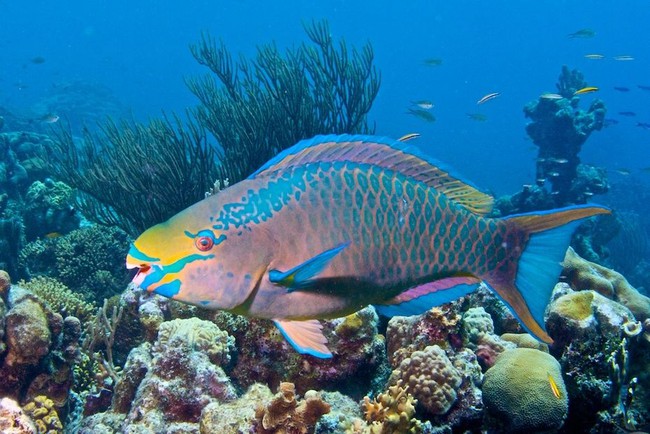
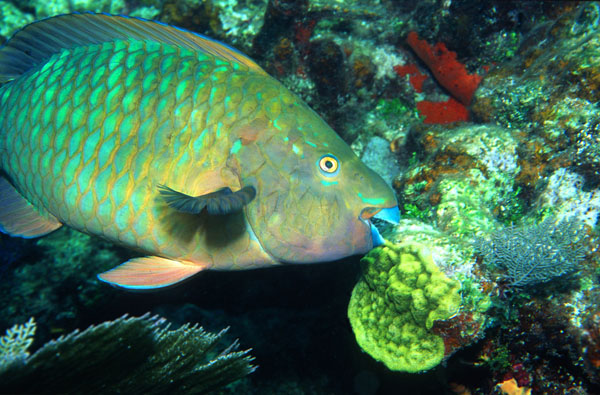
“The number one thing we can do to ensure the survival of our reefs is to protect the parrotfish,” says Dr. Ayana Elizabeth.
Barbuda is the first to act. The local government has passed a law protecting the parrotfish. It is illegal to catch, buy, sell or possess parrotfish on the island. In addition, 33% of the coastal area is protected in marine reserves and the use of nets on coral reefs is prohibited. Barbuda is a small island, but it has set a new standard for ocean stewardship.
News in the same category


Drinking Polyscias fruticosa Leaf Tea Daily: A Simple Habit Linked to Notable Health Benefits

Now I know these 4 relics should never be kept

With just a few simple tips passed down by seasoned fishermen

When buying oranges, should you choose ones with a big or small “navel”? Here are 4 tips to pick super-sweet oranges

Doctors Explain What Happens When You Eat Bananas Every Single Day
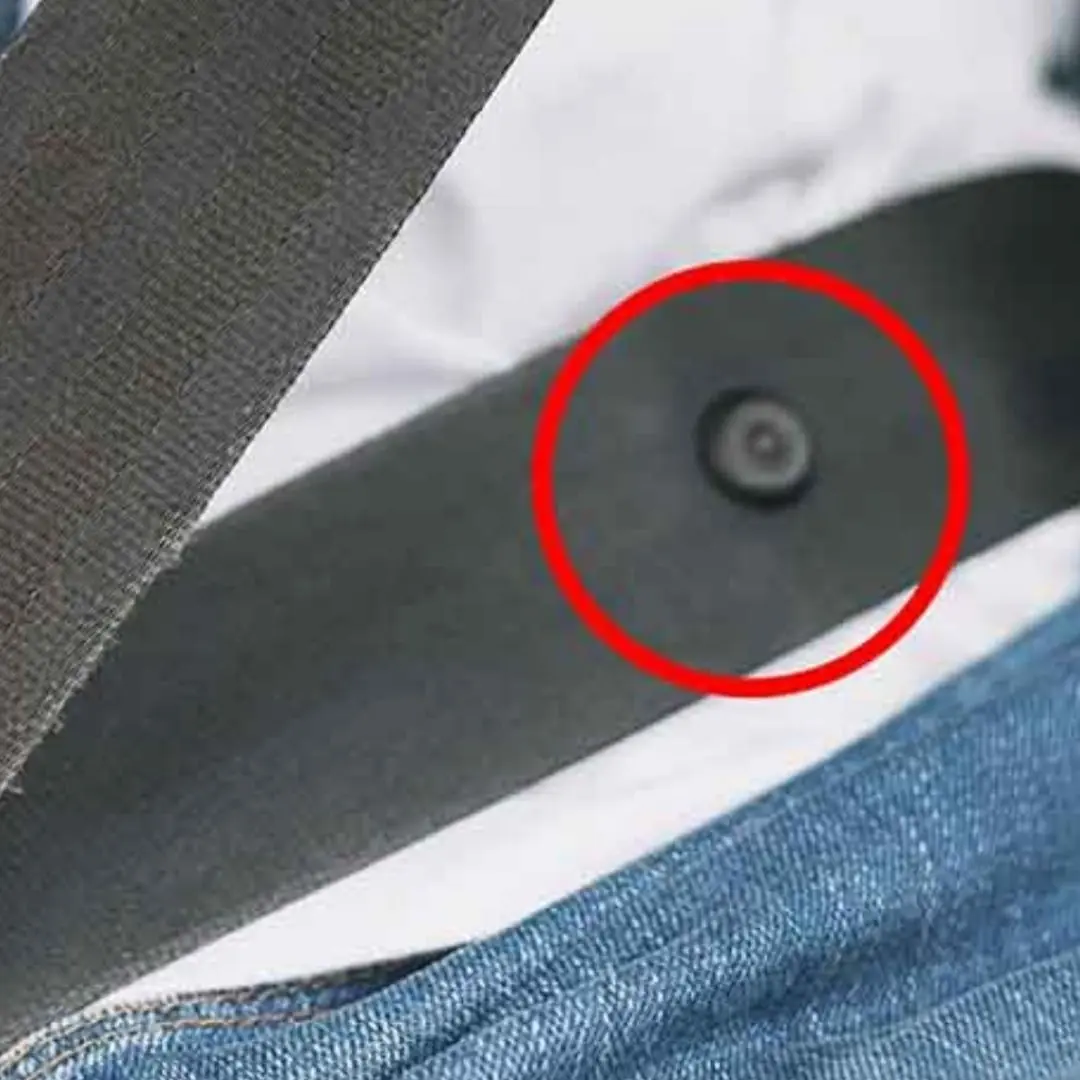
The Tiny Seat Belt Button You’ve Probably Never Noticed — Here’s What It’s For

Why Placing Ginger by Your Bedside Can Benefit Your Health
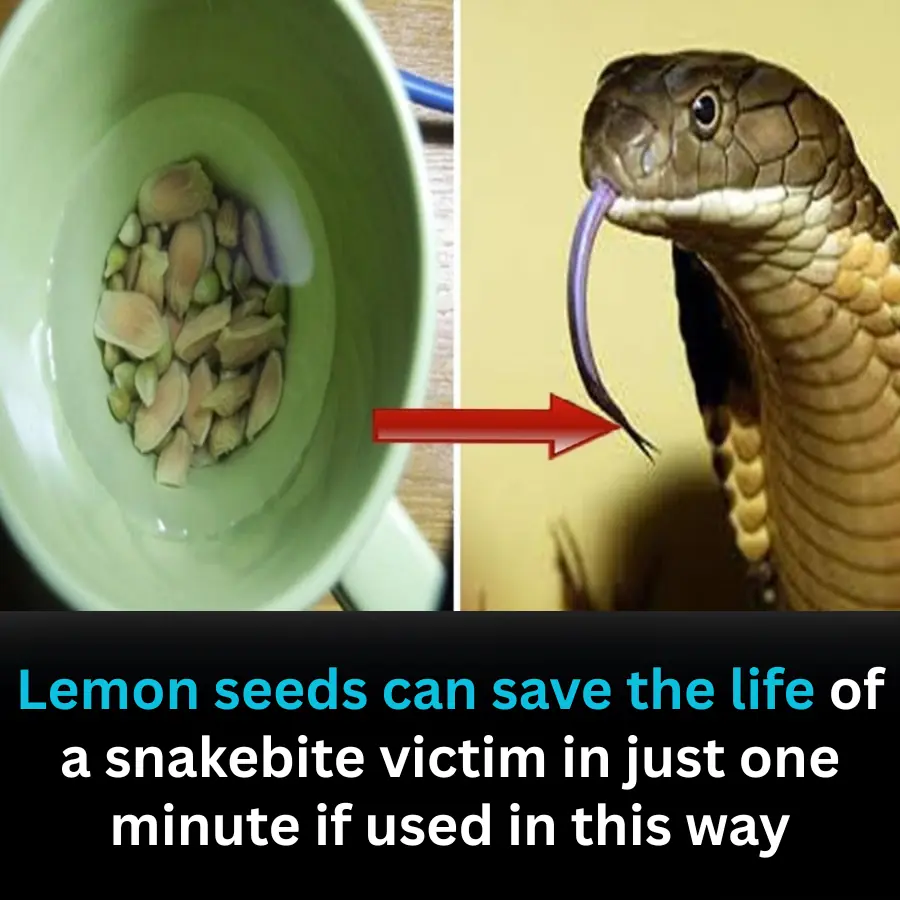
Can Lemon Seeds Really Save a Snakebite Victim in One Minute? Doctors Warn Against a Dangerous Myth

5 Common Refrigerator Mistakes That Can Multiply Bacteria by 10 Times

A Common Mistake Countless Families Don’t Even Know They’re Making

In winter, drying thick clothes is a slow process—and sometimes, they end up smelling bad.

The real electricity th.ief in your home
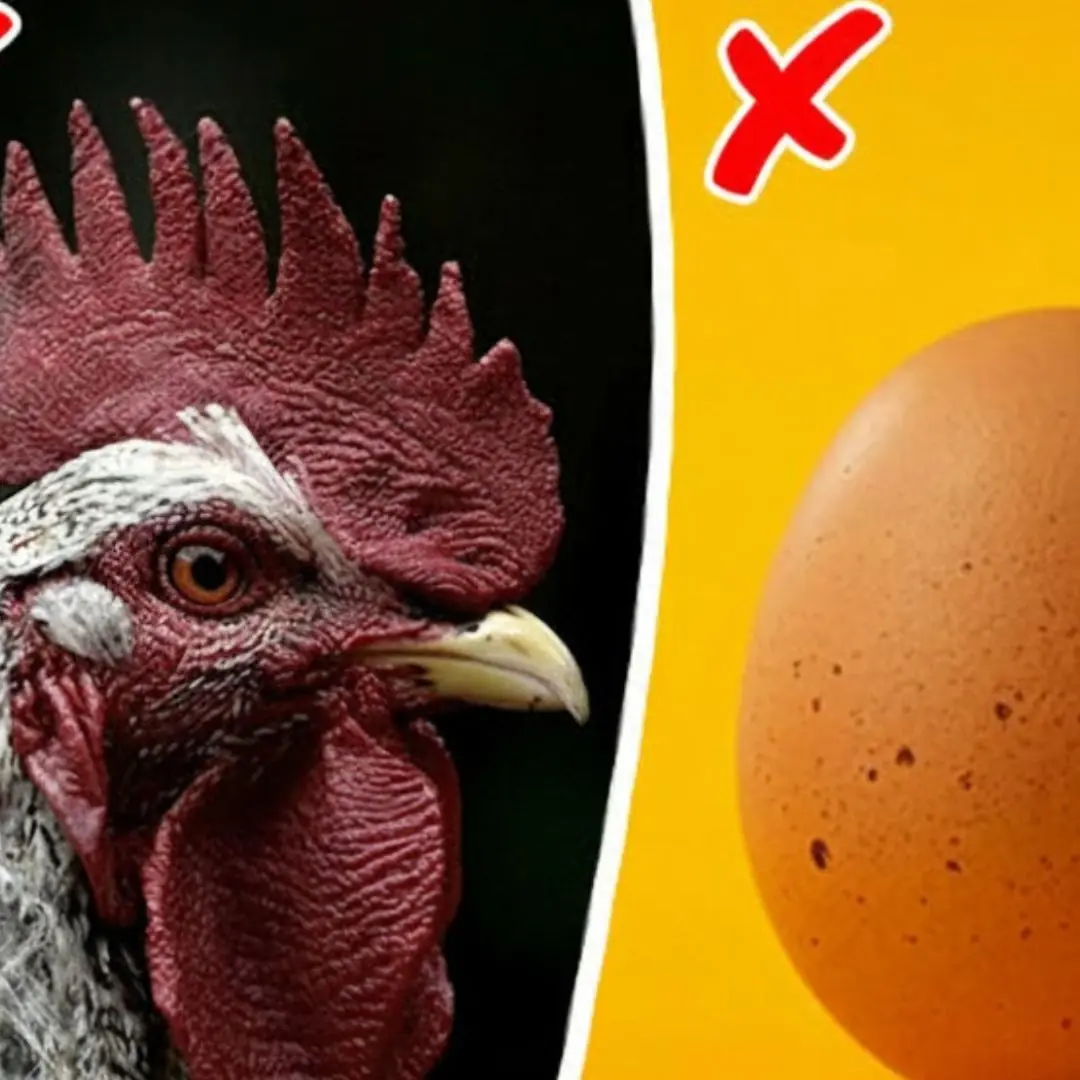
Scientists Finally Reveal a Sho:cking Answer to the ’Chicken-or-Egg’ Dilemma
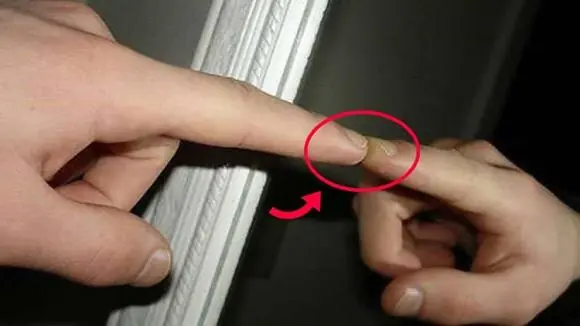
Two-Way Mirrors: The Privacy Risks Most People Don’t See

Put ginger next to your pillow when sleeping: A simple secret for good health and sleep

Why do dogs ba.rk and bi.te some people but not others? There's always a reason!
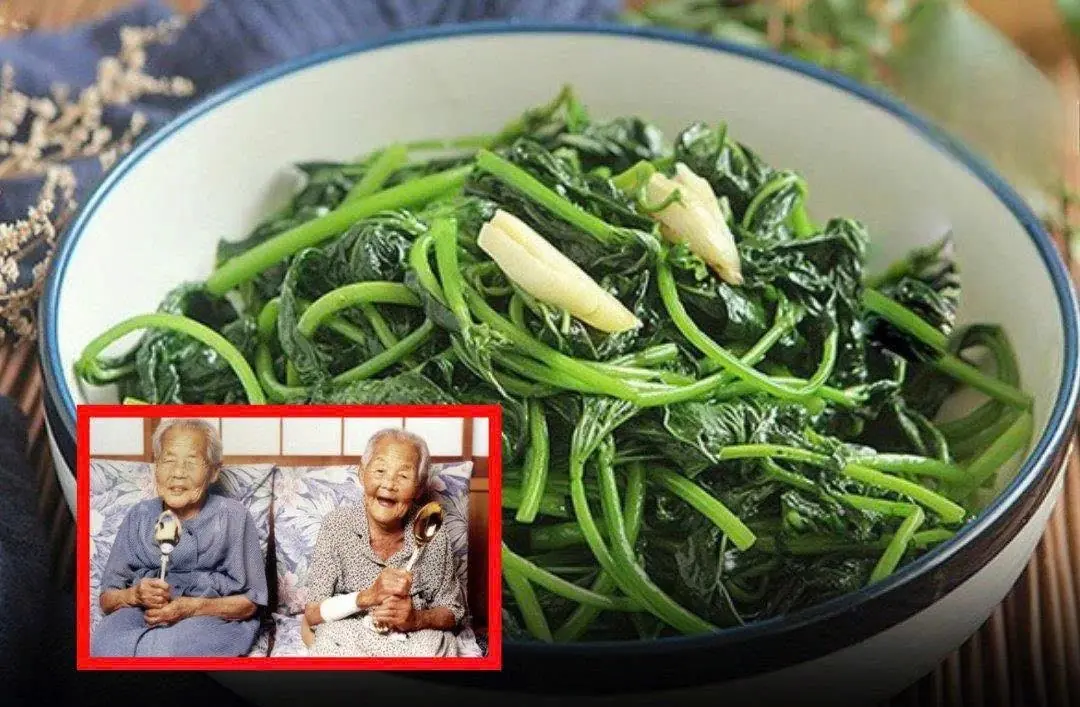
Packed with powerful nutrients, these 3 humble vegetables are hailed in Japan

The small button on your phone that connects to Wi-Fi automatically: No password needed, no mobile data used — what’s the truth?
News Post

How to Fix a Weak Toilet Flush at Home - No Technician Needed

If you wake up in the morning and notice these 4 signs — sorry to say, but kidney disease may be silently progressing in your body day by day

Gout is an increasingly common condition among many people. Those with gout should absolutely avoid these foods
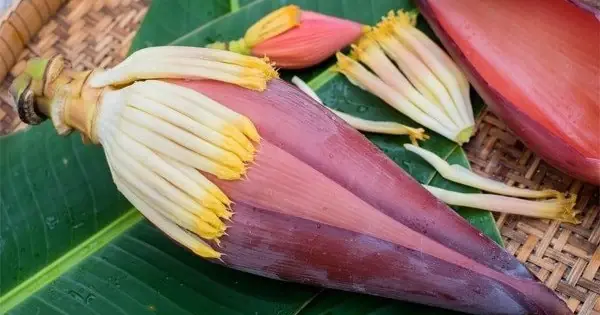
Banana Blossom – A Cheap Dish with Benefits That Even Doctors Find Surprising

Frequent Mouth Ulcers in Winter: Don’t Ignore Them, as They May Signal Serious Health Issues
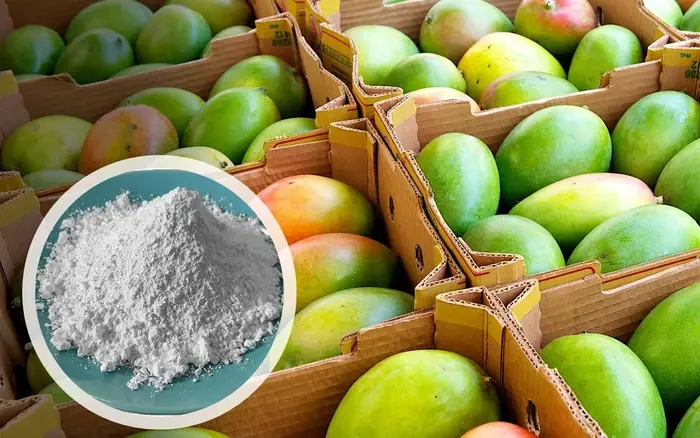
A Serious Reminder: 3 Types of Fruit That Can.cer Cells “Love” — Doctors Avoid Them, Yet Many People Eat Them Daily

Here are some possible reasons you might be getting these bruises

A Heart Attack Can Warn You 3 Months Early These 5 Signs Are Often Ignored
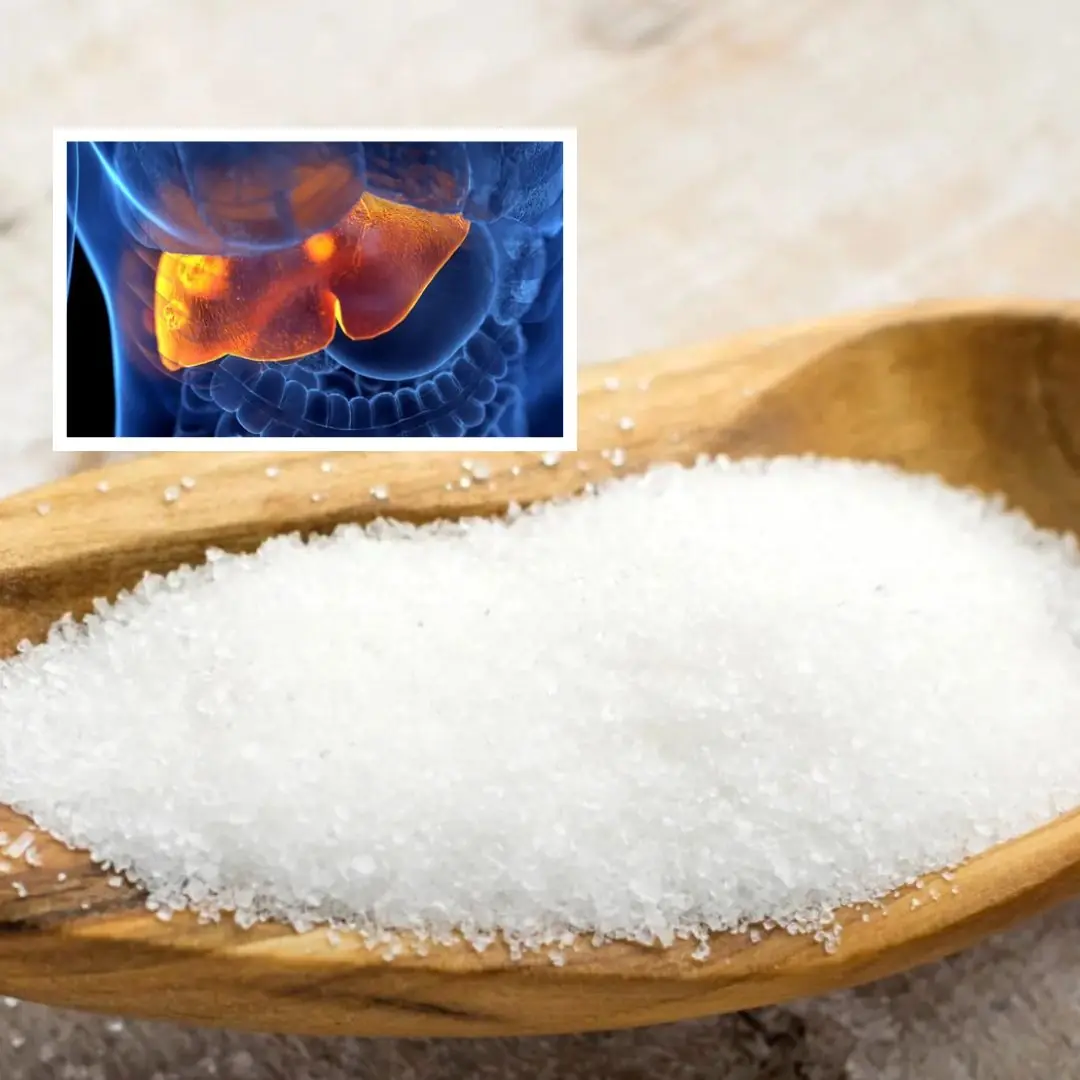
Popular low-calorie sweetener linked to liver disease: new study

The “Miracle Food” Against Can.cer and Aging — Surprisingly Found at Every Market
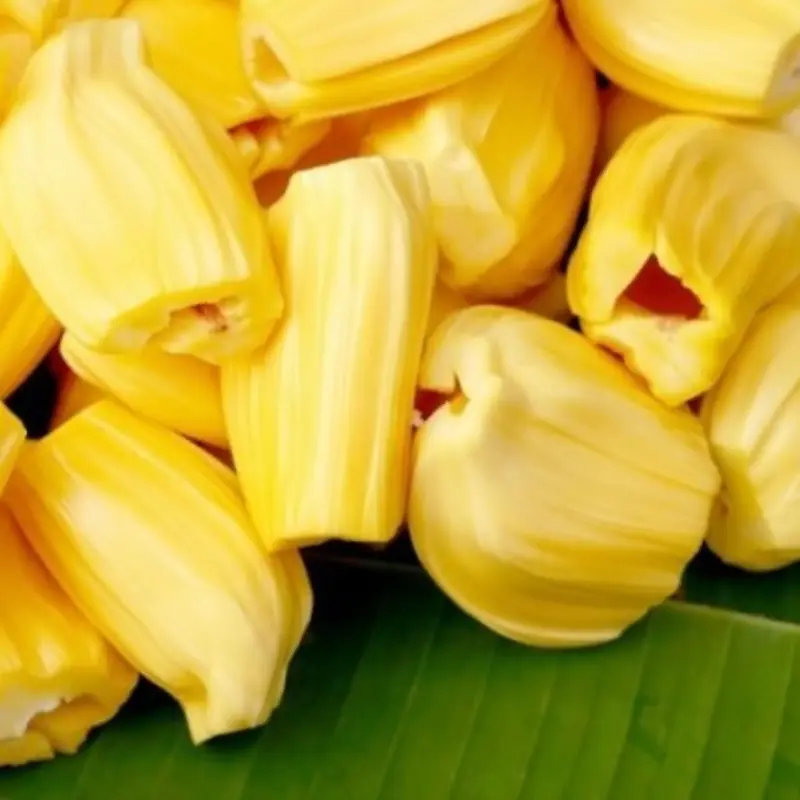
Doctors Warn: If You’re One of These 5 People, Stay Away From Jackfruit
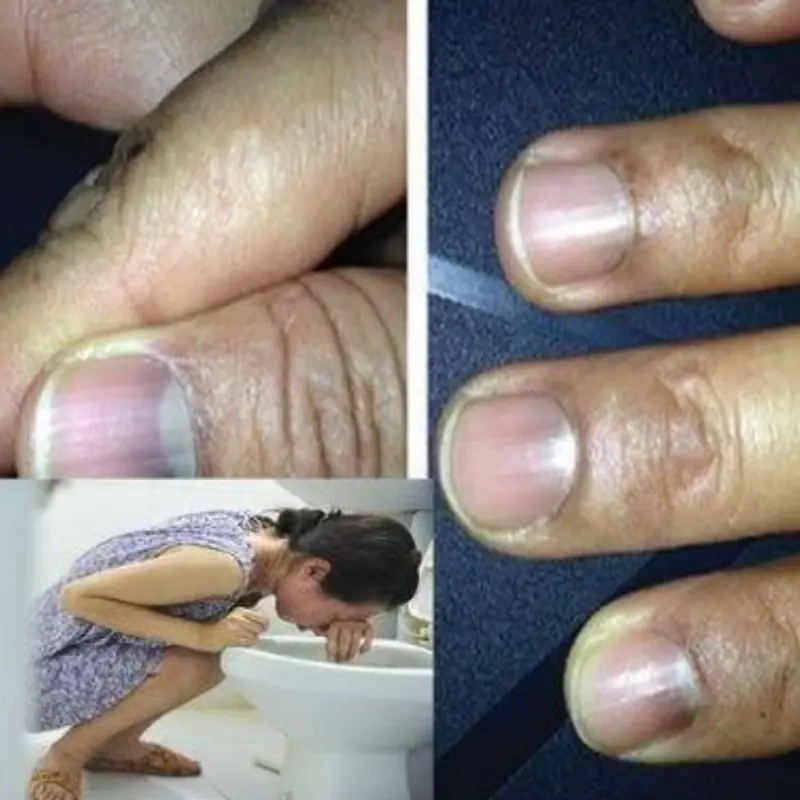
7 Can.cer Warning Signs That Can Appear When You Wake Up

Six Alarming Symptoms That May Indicate Advanced-Stage Can.cer

Doctors Warn: Three Types of People Who Should Never Drink Coffee

Drinking Polyscias fruticosa Leaf Tea Daily: A Simple Habit Linked to Notable Health Benefits

One Month Before A Heart At.tack, Your Body Will Warn You Of These 7 Signs

Young and at Risk: Str.ok.e Strikes 19-Year-Old After Headache — 5 Symptoms You Shouldn’t Ignore
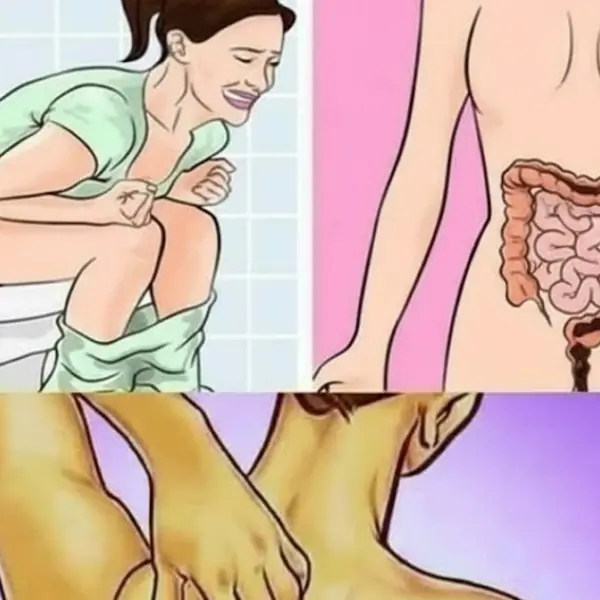
20 Early Warning Signs That Can.cer May Be Developing in Your Body
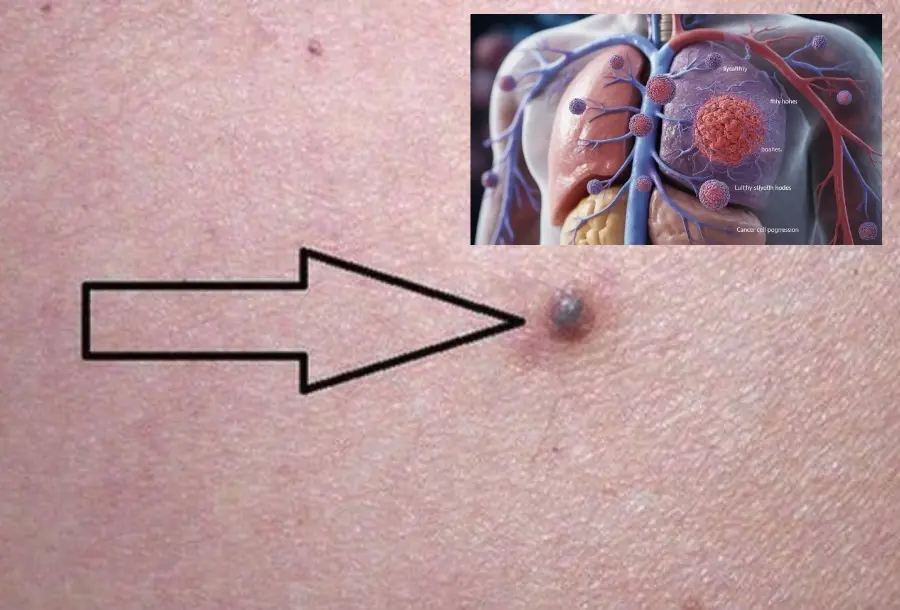
Waking up to these 7 signs may mean your body is silently feeding can.cer cells.
